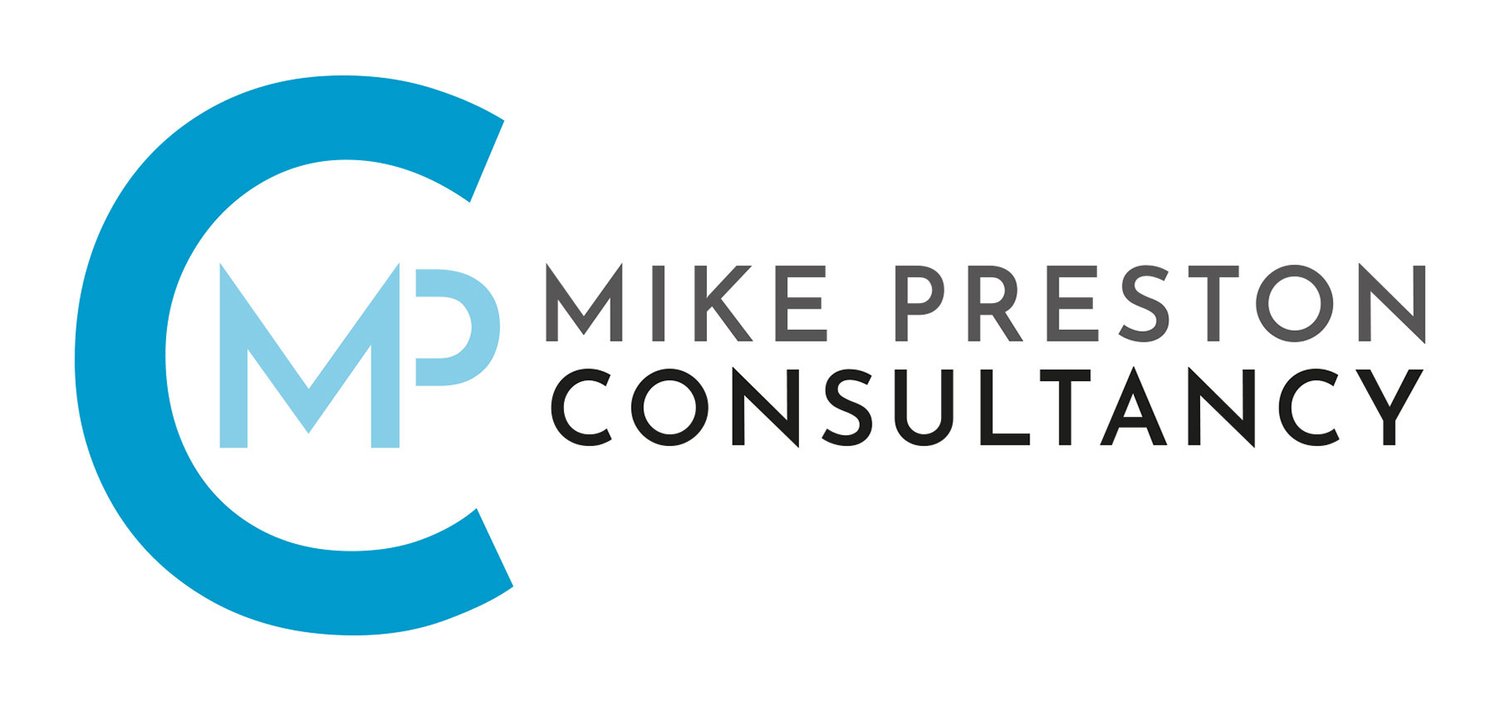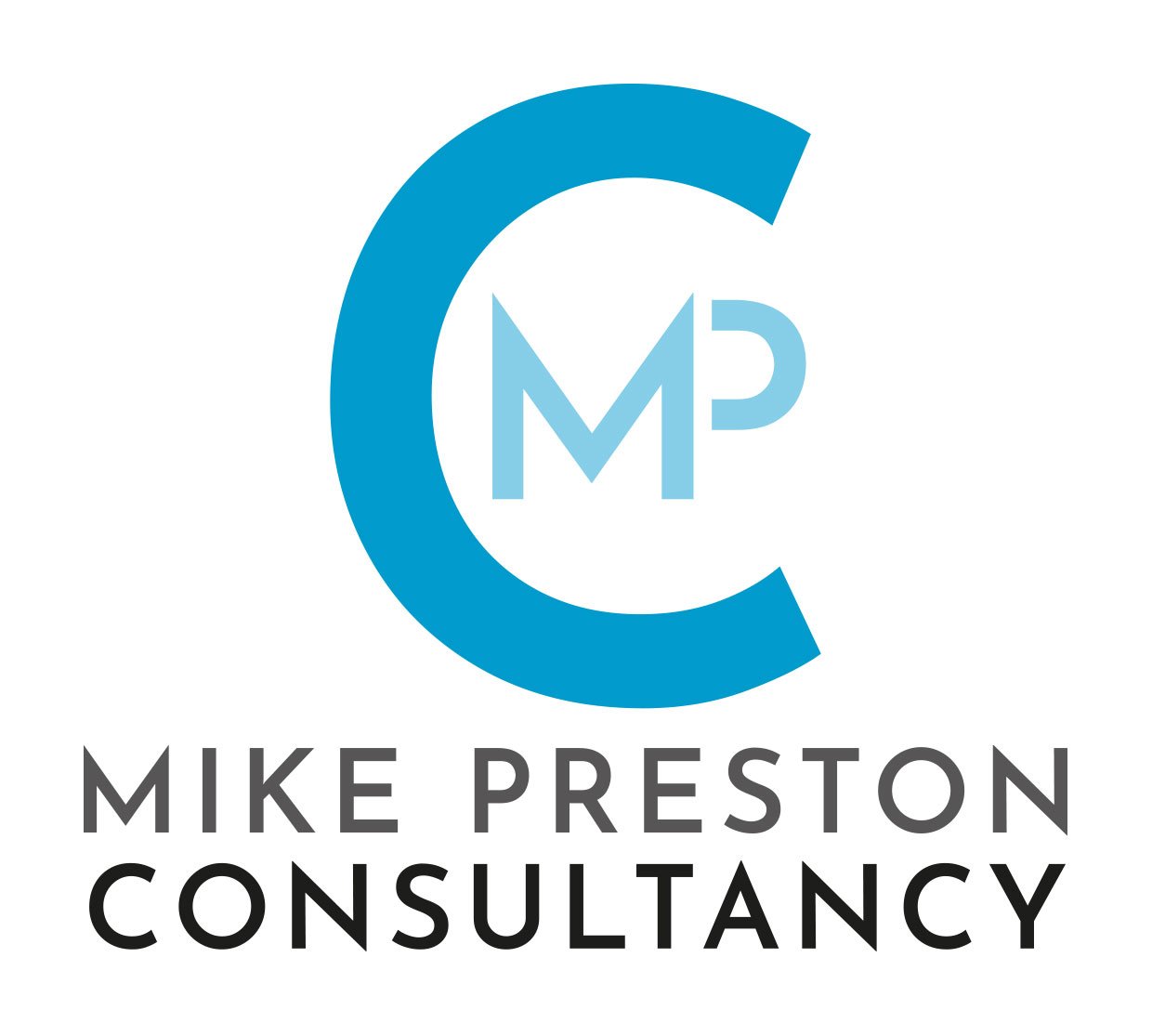Elevating Non-Profit Governance & Board Effectiveness
This week, we're diving deep into the heart of effective leadership: board composition, roles, responsibilities, and fostering a strategic, high-performing board. A strong, engaged board isn't just a nice-to-have; it's the backbone of a thriving non-profit, guiding its mission and ensuring its long-term impact.
The Blueprint: Best Practices for Board Composition 🛠️
Building an effective board starts with thoughtful composition. It's not about filling seats; it's about curating a group of individuals who collectively bring the skills, perspectives, and passion needed to advance your mission.
Diversity is Key: Think beyond just demographics. While racial, ethnic, and gender diversity are crucial, also consider diversity of thought, professional backgrounds (e.g., finance, marketing, legal, program development), age, and lived experiences relevant to your organisation's beneficiaries. A diverse board leads to more robust discussions and innovative solutions.
Skill Matrix Assessment: Conduct a regular assessment of the skills your organisation needs on its board. Do you have a strong financial expert? Someone with fundraising prowess? A legal eagle? Identify gaps and target your recruitment efforts accordingly. - Skills Audit
Passion for the Mission: Above all, board members must be genuinely committed to your non-profit's mission. Their passion will fuel their engagement and dedication.
Right Size: There's no magic number, but most effective non-profit boards range from 7 to 15 members. Too small, and you risk burnout and a lack of diverse perspectives; too large, and it can become unwieldy and slow to make decisions.
Defining the Lines: Roles and Responsibilities 🎯
Clear delineation of roles and responsibilities is paramount to avoid confusion and ensure accountability.
Fiduciary Duty: Board members have a legal and ethical obligation to act in the best interest of the organisation. This includes overseeing finances, ensuring legal compliance, and protecting assets.
Strategic Direction: The board is responsible for setting the organisation's strategic vision and goals, in partnership with the executive director. They don't just approve; they actively contribute to the strategic planning process.
Oversight and Accountability: Boards oversee the executive director, ensuring that programs are effective, resources are managed wisely, and the organisation is meeting its objectives. This includes regular performance reviews of the executive director.
Fundraising and Advocacy: Board members play a vital role in fundraising, leveraging their networks, and advocating for the organisation's cause within the community and beyond.
Ambassadorship: Every board member is an ambassador for the organisation, promoting its mission and values to the wider public.
Cultivating Excellence: Fostering a Strategic, High-Performing Board ✨
Beyond structure and definitions, a truly effective board is one that is strategic, engaged, and continuously striving for excellence.
Robust Onboarding and Training: Don't just hand new board members a binder. Provide comprehensive onboarding that includes a deep dive into the organisation's history, programs, financials, and strategic plan. Ongoing training on governance best practices is also invaluable.
Meaningful Meetings: Board meetings should be more than just updates. Focus on strategic discussions, critical decision-making, and opportunities for board members to actively contribute. Use consent agendas for routine items to free up time for substantive conversations. - Board Report Template & Agenda Template
Constructive Feedback and Evaluation: Regularly evaluate individual board member performance and the board's overall effectiveness. This fosters a culture of continuous improvement and accountability.
Culture of Trust and Respect: Encourage open communication, healthy debate, and mutual respect among board members. A safe environment allows for diverse opinions to be shared and considered. - Template Trustee Board Charter
Succession Planning: Proactively plan for board member transitions to ensure continuity of leadership and smooth knowledge transfer.
By prioritising these best practices in board composition, clearly defining roles, and actively fostering a culture of strategic engagement, non-profits can elevate their governance and unlock their full potential to create lasting positive change.
What are your organisation's biggest successes or challenges in board effectiveness?
Share your thoughts in the comments below!


